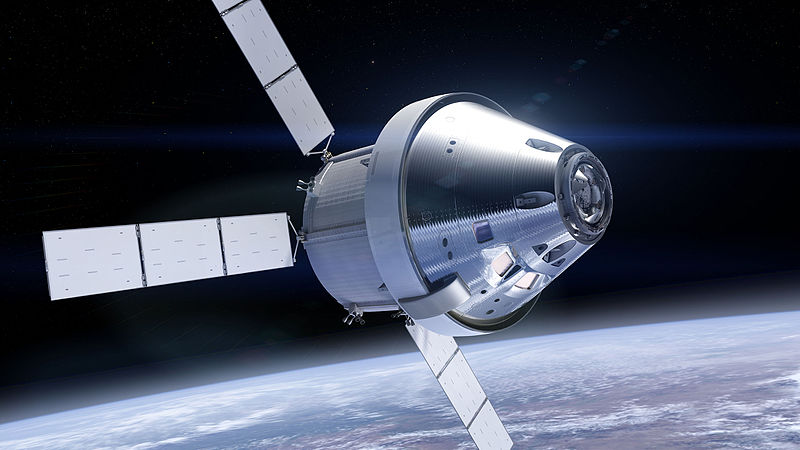We have all heard of drones these days. They attack and hurt people, and they are robots in the sky.
Unmanned Areal Vehicles (UAV) is what they used to call them. Back in the 90's that was a new name. Before that we called them remotely controlled aircraft. Yes, ladies and gentlemen, the harmless R/C airplane made out of balsa wood had turned into a killing monster out of science fiction. Yet, I don't believe that drones are done evolving. History has yet to write the next chapter on these aerial vehicles. What makes a drone a drone, and where can it go from here?
 |
| Black Hornet Nano |
A drone is an aircraft without a pilot, correction, without a pilot inside the craft itself. There is most always a pilot, if not two. Between the pilot and the craft is a series of communication devices and servos, and robotic relays that's needed to fly the craft. The range of the craft will depend on two things, fuel and communication with the pilots. Now, this set up allows for a very wide variety of size, shapes, and speeds. So much so, that the smallest one that the military uses is only 10 cm (0.328 ft) long. It's called the
Black Hornet Nano. As you can imagine, it's mission is for
surveillance, On the other end of the design spectrum, we have one of the largest which is the
Global Hawk made by Northrup Grumman. Now, this one has been in operation for a while. New drones have come out that are more stealthy, but Global Hawk represents high end drones for our purposes. It has a wingspan of 39.9 m (130.9 ft). Of course, the main drone used by the military has been the
Predator. A drone has exceeded manned aircraft in an endurance flight. Read about Zephyr in this
article found in flightglobal.com. There are many and varied drones in the world. New aircraft designs like that of
Carter Copter and
HILLS Space Plane are finding some interest by the drone clients. I think that drones are going to jump from military usage to commercial roles in the near future. In his
article, Joe Schoffstall of CNSNews.com says that near future is quite soon.
 |
| NASA's Global Hawk |
There are commercial applications for drones that will come
out in the future. Among such applications, I can imagine drones covering the morning
traffic commute. Just think; instead of reporters climbing in a prop aircraft
or a helicopter, they go inside where the drone's pilots are, an office
that's on the ground. The reporters look intently at the monitor that
shows the images from the drone's cameras. They are not in danger, and
they can go to the bathroom anytime. They report the traffic news, and
the cost of this service drops. Helicopters are costly to maintain. Drones are smaller, and a drone the right size has the potential to be cheaper. From what I can find out, current large drones are quite expensive. It sounds favorable for the reporters, and potentially financially favorable for the network shelling out the money for this service. Unfortunately, the helicopter or airplane pilot would be out
of a job. Other applications are ones that piloted planes do now, such as surveillance, law enforcement, etc. One of the main benefits of drones is that they can stay aloft as long as they have fuel. Pilots can be changed out in shifts on the ground. An example of non-military use of drones is
NASA's Global Hawk which is used to get telemetry on hurricanes and atmospheric readings related to Earth sciences.
I feel like I have to talk about the fear that people have of drones. The US Military were the first military to use them and the first to use them as weapons. The weaponizing of drones have had a bad effect on public relations. Drone fear is real and heavy. Farea al-Muslimi spoke to the US Senate on this fear in an
article by Spencer Ackman of Wired Magazine. They are hard to detect in the sky and they can strike when you least expect it. This fear was not unique in aviation history. Helicopters caused a similar fear, but that fear was about being monitored not killed. Could this fear hamper any attempts at commercializing drones?
Drones are here, and they are here to stay. What we do with them is going to be up to us. What laws will restrict their uses in the future? What will we tolerate? What benefits could they have to our everyday life? These things are merely tools.
ICBMs are weapons of mass destruction and instilled fear in common man in the Cold War. Now companies like
Orbital Sciences use them to launch satellites into orbit. Like missiles, Drones can find an acceptable role in society. You decide.










